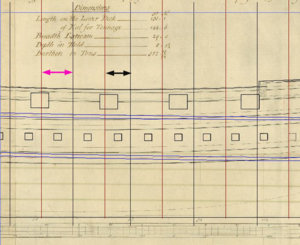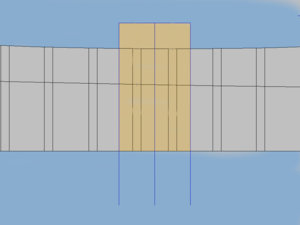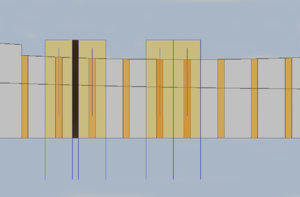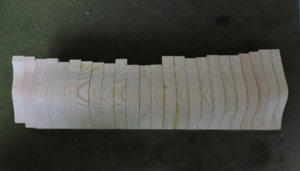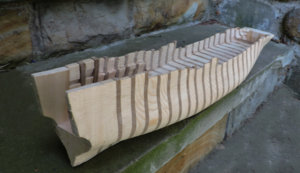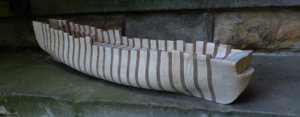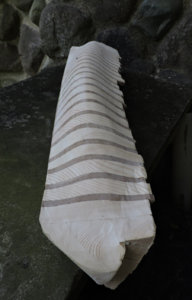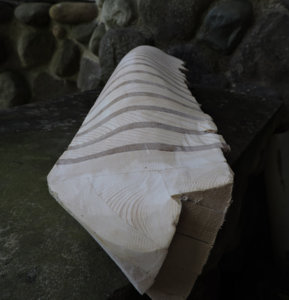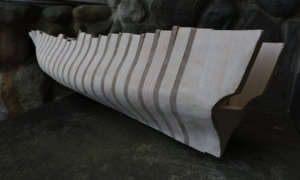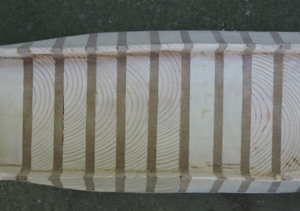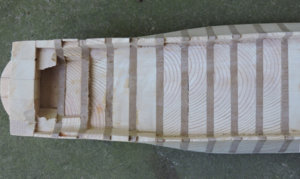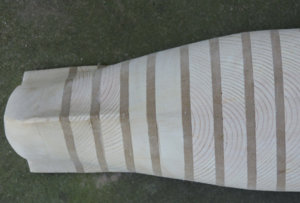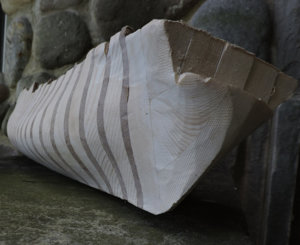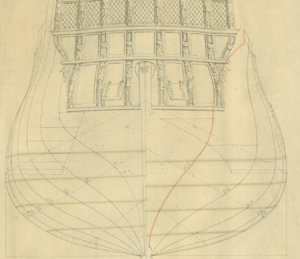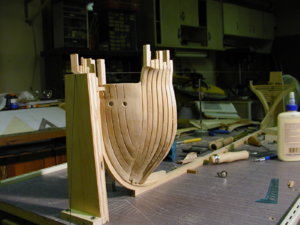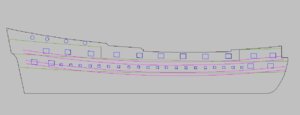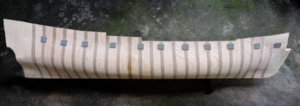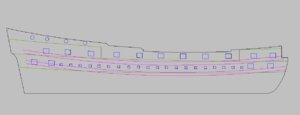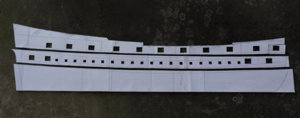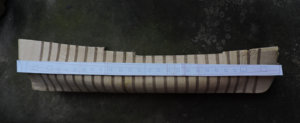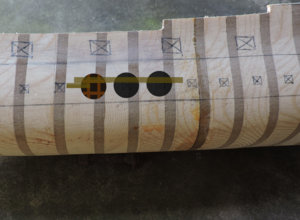first thing i did was to search for images, drawings, kits or anything to add research material to the subject. what i found in the way of kits was so far off they were worthless as information.
This project is a reconstruction of what the Adventure galley might of looked like, not how it was constructed just how it might of looked. This model is not how the Adventure Galley looked like it is a reconstruction of how it might of looked like based on historical evidence.
below you will find snipits from a topic here on the forum under a different title but it does add insight to the overall project at hand.
Captain Kidd, big name, sailed in the Adventure Galley, this was an unusually long and fast ship for its time, with sweep ports, ... it is also known she had a sister ship the Charles Galley that plenty is known about... (or that is one thought, some think the Adventure Galley was a re-fit of an old ship, others a new build, but along the same lines) ...but what do we get to represent Captain Kidd's ship
Out of interest, I've been doing some sleuthing on the Adventure Galley and came up with a very interesting discovery.
The Charles Galley was built in 1677 - some 18 years before the Adventure Galley. So one could say they can not be the same design etc.
But researching the Charles Galley it seems her history ends with her being rebuilt in 1693 at Woolwich. After that I can find no references to this ship.
Two years later in 1695, the Adventure Galley leaves nearby Deptford, one year later in 1696 the 'Kidd consortium' purchase her for the well known venture.
So I get to thinking, when the Adventure Galley is being built,
1. The Charles Galley is available to examine at nearby Woolwich
2. The Adventure Galley could in fact, be the Charles Galley.
Much more research to do, but I think that is what makes all this so interesting. Subjects that seem almost too far lost in the past have documented connections that become very interesting to ponder.
Adding to the mystery it is also known the Adventure Galley pretty much fell to pieces in the end. Badly built as has been presumed by some authors? Or simply a much older ship than anyone had ever realized before...
I've now found some evidence the Charles Galley did leave Woolwich with her identity intact, there is evidence she was rebuilt again at Deptford in 1710, being renamed the HMS Torrington in 1729.
Still fascinating though to see that she could have been a prototype for the Adventure Galley and I need to do much more digging around on the link between these two ships. It is just way too striking that authors always quote the Charles Galley as fitting the description of the Adventure Galley, somehow they are closely linked and a bit of researching has them at virtually the same place at the same time.
I think if she was down to the bare bones the Charles Galley could have been examined closely and measured to produce the Adventure Galley, perhaps large components could have been manufactured in pairs for both ships, one for the rebuild, one for the new ship.
Thanks so it could have been at Woolwich for some considerable time while the work was done. Has to be worth contacting some of the current researchers and asking if they ever spotted the coincidence of the Charles Galley being at Woolwich while the Adventure Galley was being built at Deptford. One way to get 'sister' ships, but built 18 years apart.
It's the similarity of the designs that suggests the link. The contemporary descriptions of the Adventure Galley suggest it is a sort of hybrid ship, as if it is not very 'typical' of the time. The description has been picked up by many authors as very similar to the Charles Galley.
Then it turns out that the Charles Galley is in Woolwich for a rebuild, right at the time the Adventure Galley is built just down the road at Deptford.
This is just a wiki cut and paste, regarding the AG but it is verified by my other research:
She had been launched on 4 December 1695 from Captain William Castle's dockyard in Deptford on the outskirts of London.[3] Her design combined sails and oars, an unusual combination for warships at that time, that incorporated three ship-rigged masts and two banks of oars.
This is also a description of the Charles Galley. So is it only coincidence that the CG is at Woolwich while the AG is built a few miles down the road at Deptford, or was it a case that the AG was built with direct reference to the CG?
It could be verified perhaps with purchase orders etc. It is speculative, but coincidences are not always so coincidental. Two ships fitting the same description, both somewhat unusual, and one is built right when the other is being rebuilt just a few miles away.
As far as I know exactly why the AG is built originally is not established, some sources stating it was a new build for the Navy (supporting the potential copying of the CG), others that it was a merchant ship in for conversion. I am convinced though it was not built to order for the Kidd consortium, as the evidence is they purchased it a year after its launch.
Just adding to this, there was some difficulty designing these ships with sweeps that were also pierced for cannon, the sweeps had to be in the right place for the draught of the ship, then there were considerations of the oarsman being accommodated while they rowed, whilst at the same time allowing the gunners to work and ship to be sailed. It does tempt one to think it may have been more prudent to copy an existing successful design, than start from scratch when building such a ship.
Thanks, some vital info there! Built as a privateer does make a lot of sense, she seems to have been built specifically as a 'pirate' hunter, fast and well armed, the sweeps to allow her to close in calm conditions.
It does now make me wonder what sort of relationship a private dockyard had with the nearby naval dockyards, one would image not a great one unless under contract with the recorded 'stiffness' of the Navy Board in the early Eighteenth century. I can still see a strong link with the idea that the design of the CG was in someway a direct influence in the building of the AG, but I need to find some evidence, else it is pure conjecture.
I think I found one reference that suggests the Navy hired her before the Kidd Consortium bought her.
But a speculative build does sound interesting, particularly if it was a speculative 'copy' of what appears to have been a very successful ship in the dockyards just down the road!

